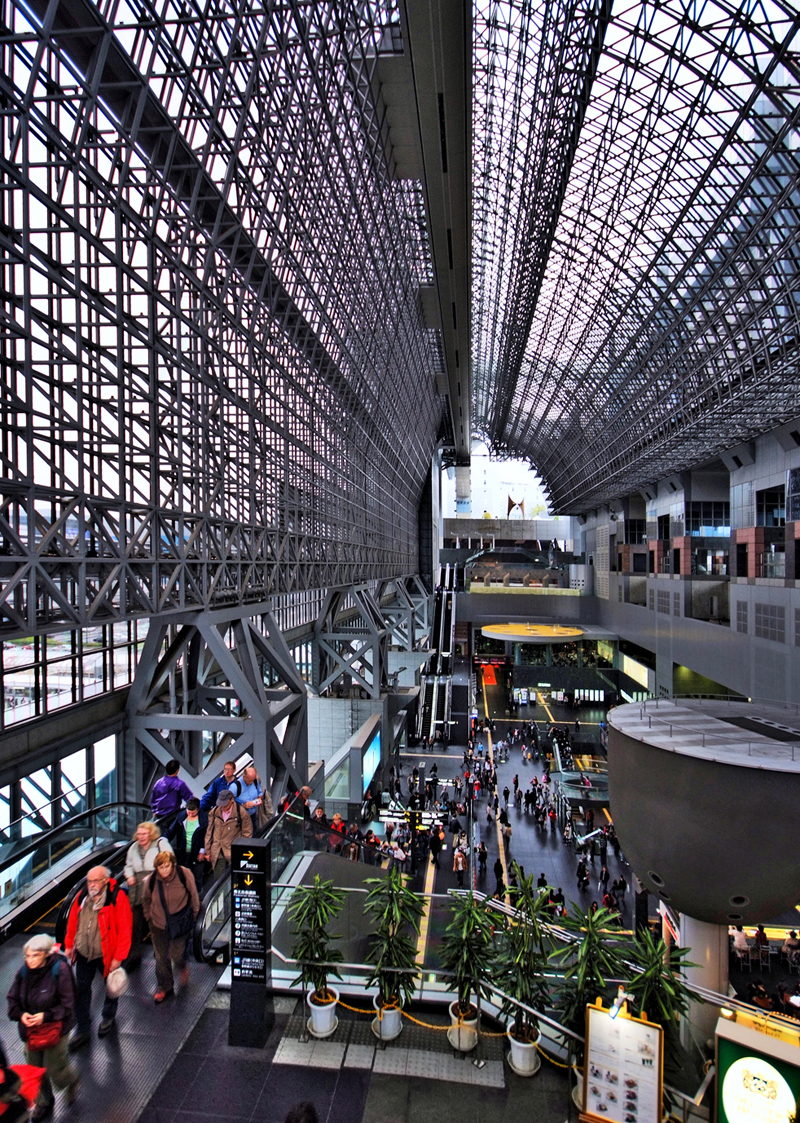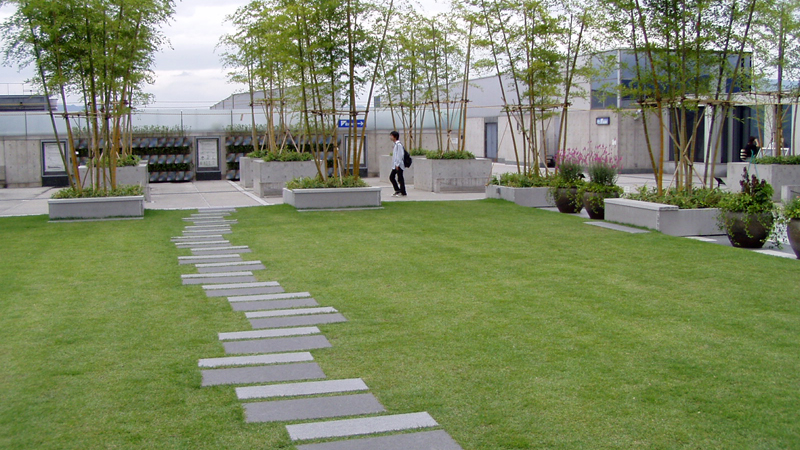
Kyoto is primarily known for its history and beauty, but emerging from the hyper-contemporary Kyoto Station, one might wonder where to find the hundreds of years of culture and tradition that gave Kyoto its status. Being the hub of transportation in the city, Kyoto Station is an almost unavoidable stop during your visit.

It is among the largest railway stations in the world and can be considered one of the most impressive. It incorporates a shopping mall, hotel, movie theater, department store, and several local government facilities all in a single 15-story building. Lastly, find your way up to the open roof for the green terraces and enjoy a picnic with a view of Kyoto.
The Kyoto Station is big to the point that I feel that I would get lost, but that's what makes it sound like so much fun! Wandering around a foreign area, discovering places for the first time with no clue as to where I am, is my idea of a good trip! Putting everything on a schedule and planning exactly where you are going to visit is too rigid. Let yourself get lost and appreciate the moment!
"You should enjoy the little detours. To the fullest. Because that's where you'll find the things more important than what you want."








